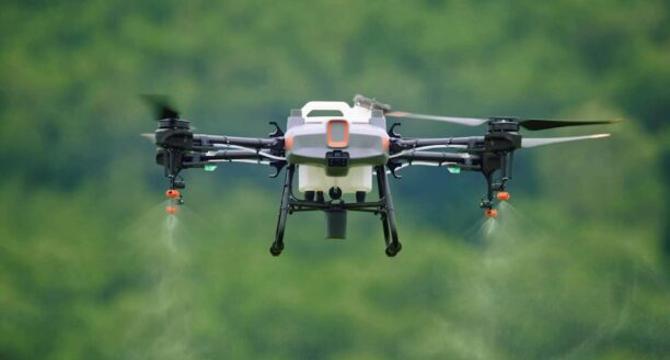Dronelife
1M
350

Image Credit: Dronelife
Agricultural Drones Take Flight: DJI Report Reveals Rapid Industry Growth Despite Persistent Challenges
- The global agricultural drone industry is rapidly growing, with adoption rates increasing due to regulatory advancements and technological progress.
- DJI Agriculture's fourth annual report revealed that by the end of 2024, approximately 400,000 drones were in use globally.
- These drones have treated over 500 million hectares across 100 countries, leading to significant environmental benefits like water savings and reduced carbon emissions.
- Agricultural drones have reduced chemical product usage by 47,000 metric tons and cut carbon emissions by 25.72 million metric tons.
- Technical advancements focus on addressing challenges like pesticide drift, with improved nozzle design and airflow dynamics.
- Case studies show the transformative impact of agricultural drones, such as reducing operational costs in coffee production and increasing efficiency in vineyard management.
- Challenges to drone adoption include cost barriers, technical expertise requirements, connectivity limitations, scale and efficiency considerations, and demographic and educational barriers.
- Initiatives like drone-as-a-service models, simplified offerings for smallholder farmers, and comprehensive training programs aim to overcome adoption barriers.
- Research-based policies are evolving to support legal drone operations in agriculture, indicating a positive outlook for the industry's future.
- Agricultural drones are set to play a crucial role in modern farming practices, enhancing efficiency and yields through innovative technology.
Read Full Article
21 Likes
For uninterrupted reading, download the app